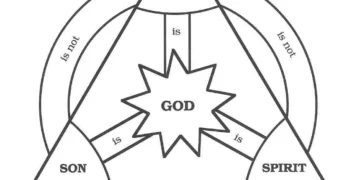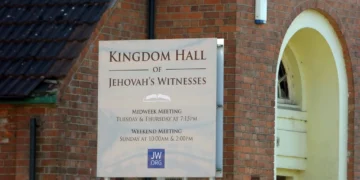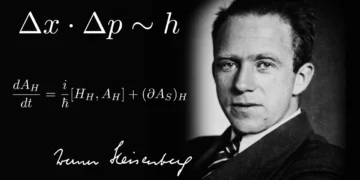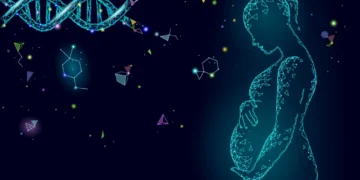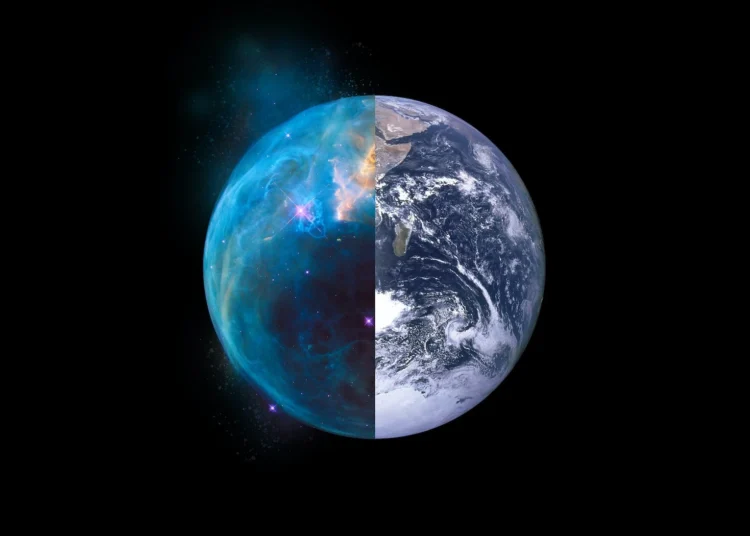In the realm of belief systems surrounding the origins of our world, two distinct perspectives have emerged – Young Earth Creationism and Old Earth Creationism. These viewpoints endeavor to explain the magnificent tapestry of creation that surrounds us. While both hold the core principle of a divine Creator, they diverge when it comes to the interpretation of scientific evidence and the age of the Earth. Seeking to inspire a deeper understanding and appreciation, let us explore the distinctive features and captivating insights offered by these contrasting viewpoints.
Young Earth Creationism
Young Earth Creationism contends that our planet and the universe were created relatively recently, within a span of 6,000 to 10,000 years. Advocates of this perspective adhere closely to a literal interpretation of biblical texts, predominantly the creation account found in the Book of Genesis. They emphasize a belief in a young Earth, rejecting notions of an ancient cosmos that may contradict scriptural teachings.
For those who subscribe to Young Earth Creationism, the apparent age of the Earth is attributed to various factors, including the global flood described in the Book of Genesis and divine intervention. They lay firm emphasis on the idea that the Earth is young, marveling at the possibility that the breathtaking diversity and complexity of life can be accounted for within such a relatively short span of time.
Old Earth Creationism
Old Earth Creationism, on the other hand, posits that the universe and Earth have existed for billions of years. This perspective accommodates scientific consensus on the age of the Earth while maintaining the belief in a divine Creator. Adherents of Old Earth Creationism often reconcile their faith with scientific knowledge, suggesting that evidence from geology, cosmology, and other scientific disciplines supports an ancient cosmos.
By embracing an old Earth, proponents of this view unravel the beauty of creation over vast stretches of time. They appreciate the intricate processes that have shaped our planet, interpreting the geological and fossil records as testimonies to God’s handiwork. Old Earth Creationism accommodates the notion of evolution to varying degrees, suggesting that life forms have developed over time within a framework established by the Creator.
Finding Inspiration in the Differences
While Young Earth Creationism and Old Earth Creationism diverge in their interpretations, their shared foundation in a divine Creator serves as a powerful reminder of the enchanting mysteries of our existence. Both perspectives strive to understand the world around us, seeking answers to complex questions and celebrating the grandeur of creation. It is this shared quest that unites individuals across these diverging beliefs, inspiring deeper contemplation and reverence.
Ultimately, the disparities between Young Earth Creationism and Old Earth Creationism encourage us to explore, ponder, and seek understanding. They challenge us to keep curious minds, embarking on a captivating journey through the depths of scientific inquiry and fervent devotion. By appreciating the remarkable tapestry of creation from these contrasting vantage points, we can broaden our perspectives, deepen our faith, and foster a sense of wonder about the incredible world we inhabit.
Diverging and Inspiring
Both theories of creationism provide diverging yet equally inspiring approaches to understanding the origins of our world. By celebrating the harmonious interplay between faith and scientific inquiry, we can appreciate the breathtaking complexity and diversity that surrounds us. Let us embrace the wonder of creation, uplifted by the vastness of the universe and the profound mysteries that lie within, as we continue to explore and comprehend the captivating story of our existence.













